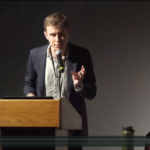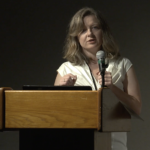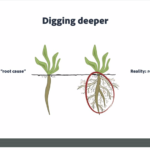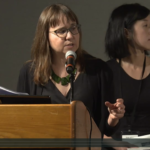
MATTHEW YAPCHAIAN
Uptake
[s2If is_user_logged_in()]
Download PDF
[/s2If]
[s2If current_user_can(access_s2member_level1)]
[/s2If]
Few professions appear more at odds, at least on the surface, than ethnography and data science. The first deals in qualitative “truths,” gleaned by human researchers, based on careful, deep observation of only a small number of human subjects, typically. The latter deals in quantitative “truths,” mined through computer-executed algorithms, based on vast swaths of anonymous data points. To the ethnographer, “truth” involves an understanding of how and why things are truly the way they are. To the data scientist, “truth” is more about designing algorithms that make guesses that are empirically correct a good portion of the time. Data science driven products, like those that Uptake builds, are most powerful and functional when they leverage the core strengths of both data science and ethnographic insights: what we call Human-Centered Data Science. I will argue that data science, including...















